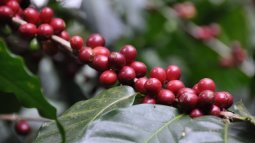History of production in Guatemala
In the middle of 1700, the Jesuits brought the first coffee trees to Guatemala, as ornamental plants. At this period, Guatemala was not a coffee producer country, instead of other agricultural products. By 1835, the government wanted to impulse the production of coffee, and to do so, they offer economic awards to those farmers who cultivated 20,000 pounds of coffee. In 1859 the first exportation of coffee was made, it consisted in 383 60 kg bags shipped to Europe. After 1859 the coffee production and exportation started to increase due to the high interest of the producers to be involve in this product. In 1888 Guatemalan coffee was awarded for being an excellent product in the World Fest held in Paris. In 1940 the coffee exportations were suspended because of the World War II. By 1960 the “Producers Union” was created, which later became the National Coffee Organization “Asosiacion Nacional del Café” (ANACAFE). By 2005 the market of specialty coffee became more attractive for the Guatemalan Coffee and the producers focused in the production of specialty coffee.
Acatenango Valley
The newly-recognized region of Acatenango, Guatemala consists of over 5,000 hectacres of mountains, hills, and volcanic slopes. The Acatenango volcano is Central America's third highest volcano, and coffee may grow as high as 6,500 ft
Coffee is grown under dense shade at altitudes reaching 2000 masl. The constant eruptions from the Fuego (Fire) Volcano keep the coarse, sandy soils full of minerals.


